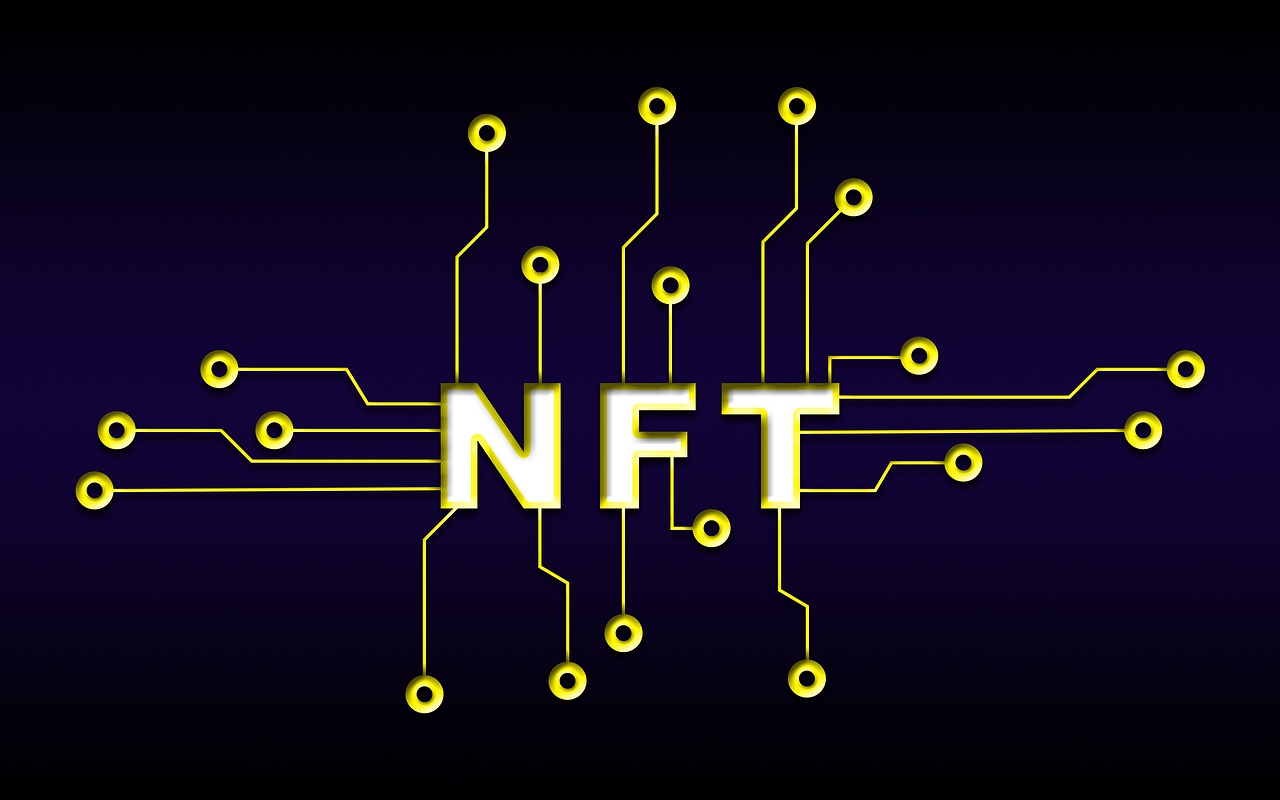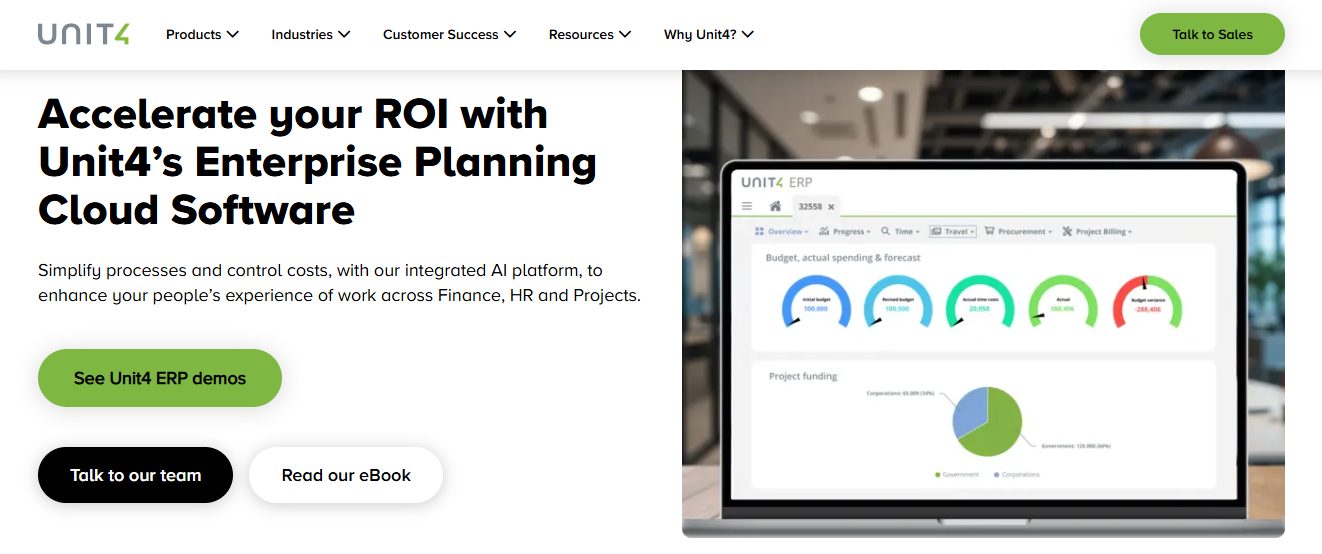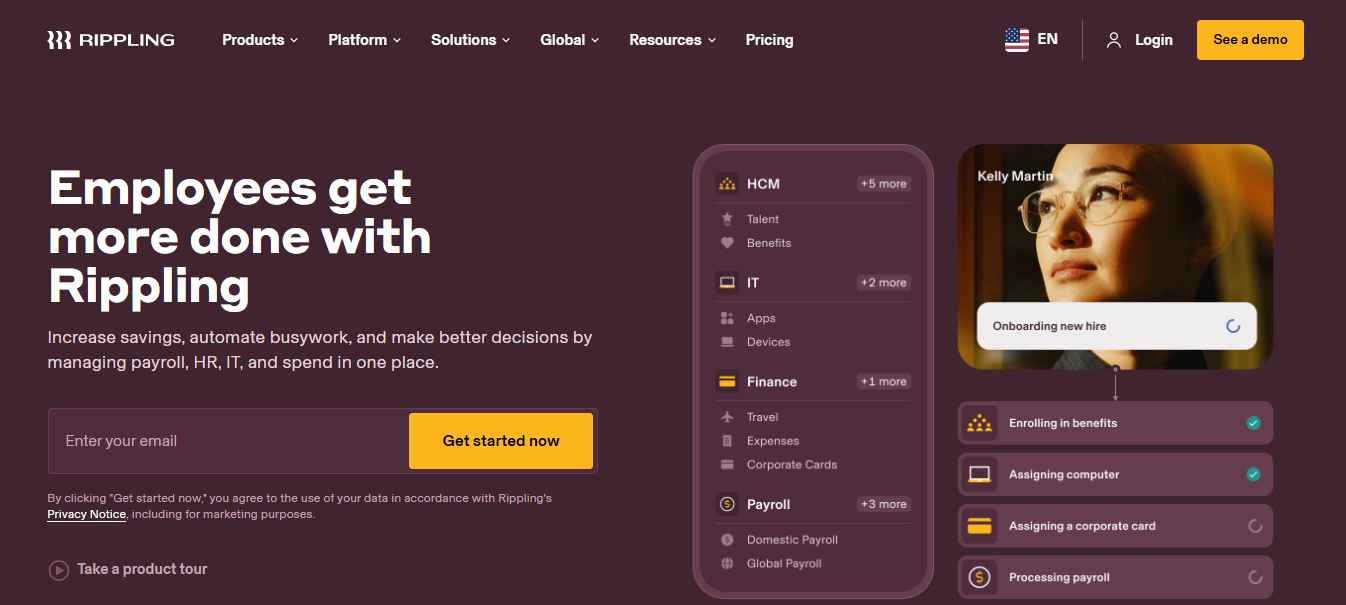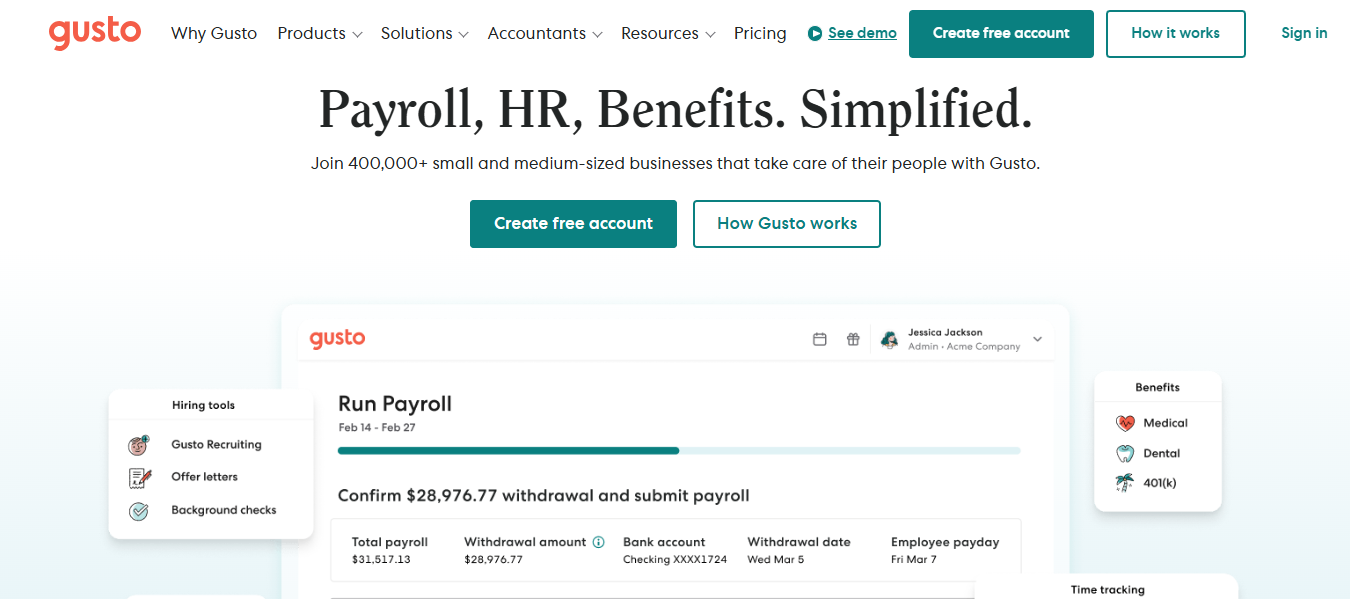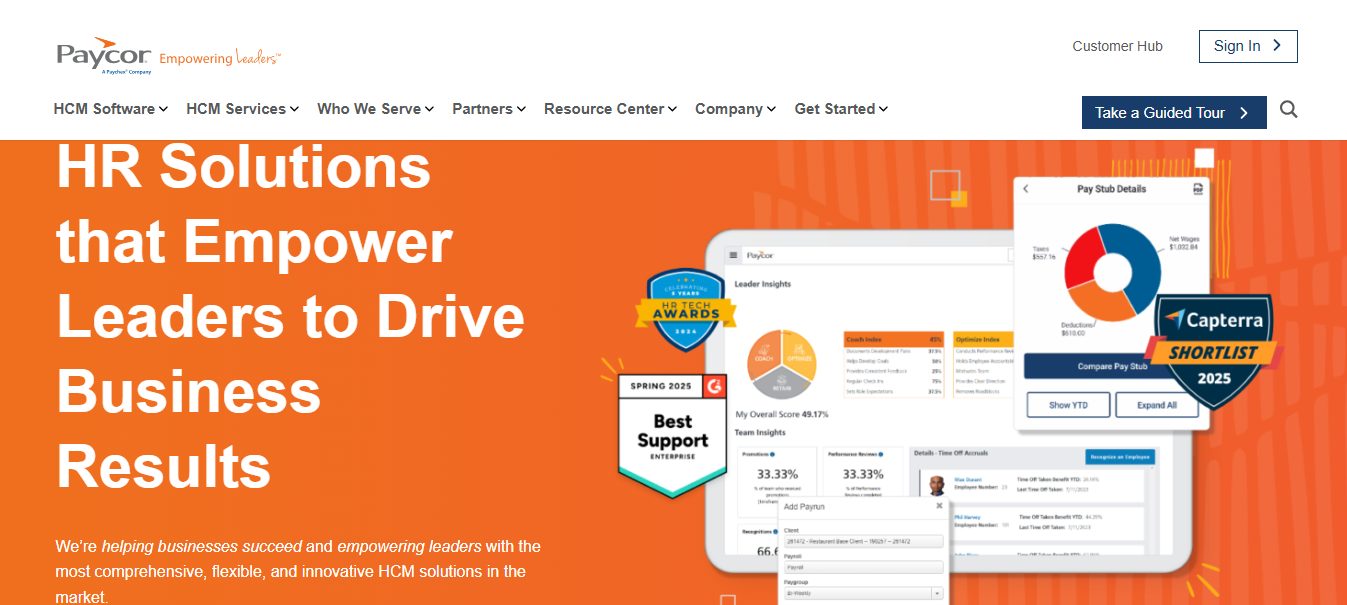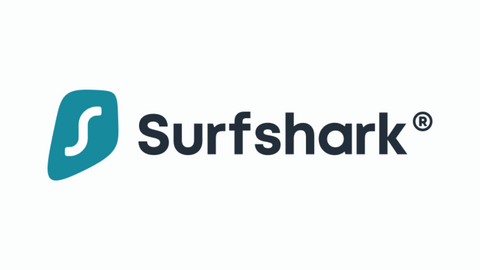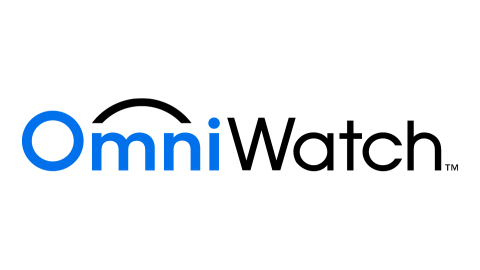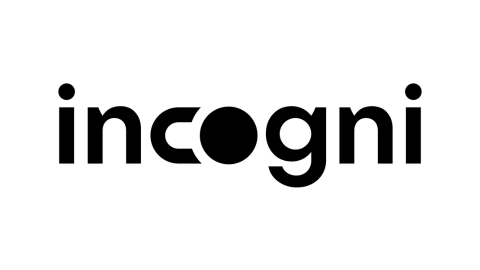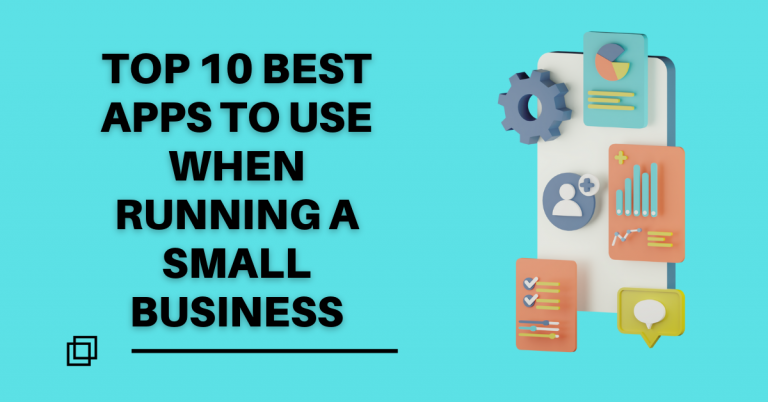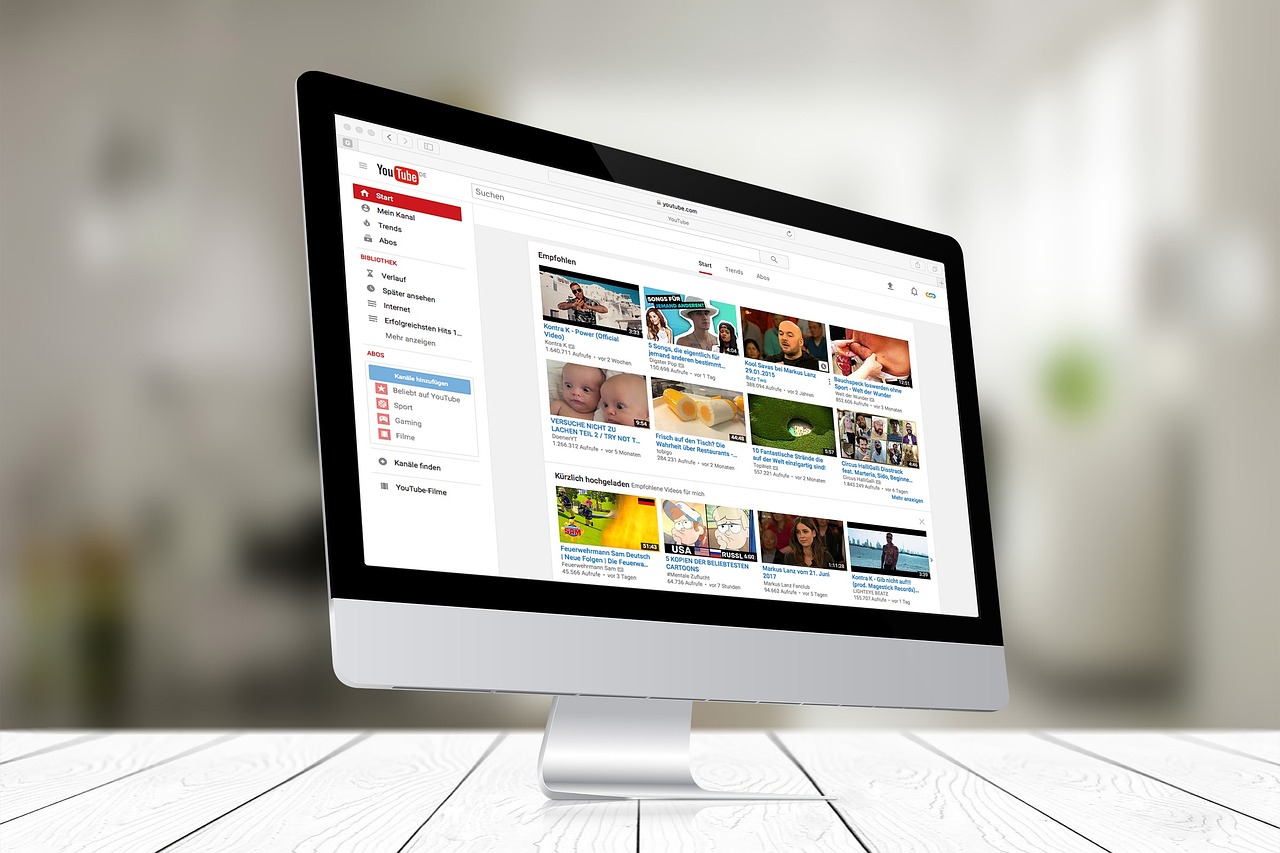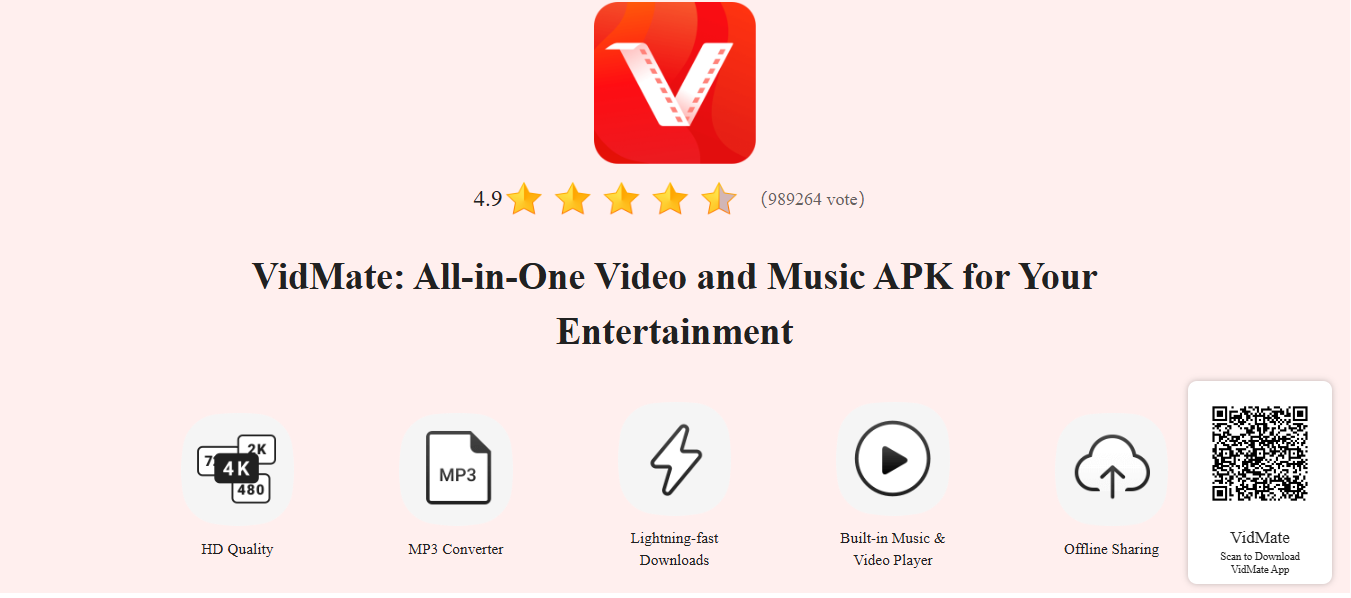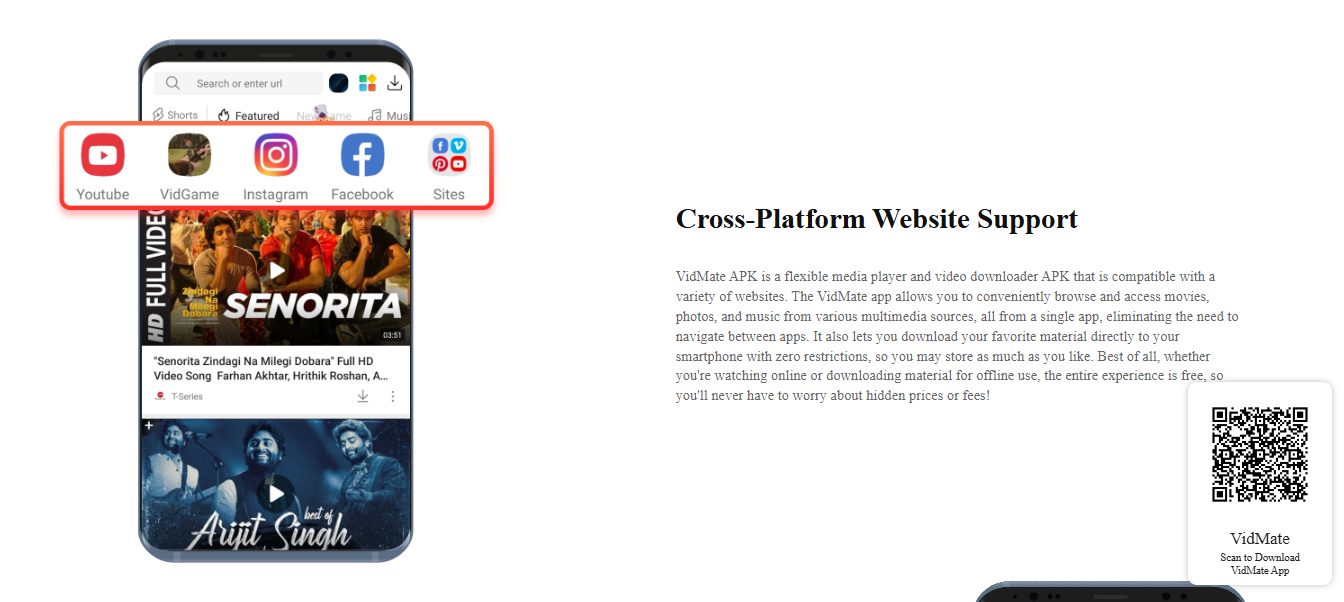Non-fungible tokens, or NFTs, are a relatively new technology that represents digital assets. These assets can include videos, pictures, or other forms of media. The unique aspect of NFTs is that no two individuals can own the same piece of art.
With the evolution of the blockchain industry and the NFT market, their influence on the environment is increasing.
In this piece, we will examine the impact of NFTs on their surroundings and explore ways to mitigate their drawbacks.
Table of Contents
What Are NFTs?
NFTs are unique digital assets that cannot be exchanged for something else. Hence, they are non-fungible, contrary to common cryptocurrencies. NFTs are created and managed using blockchain technology, which requires consensus algorithms to validate transactions and ensure the integrity of the network.
An NFT can be created using various digital media, including pictures, videos, music, GIFs, memes, and anything else that can be considered art. NFTs are one-of-a-kind and have unique identifiers that make them distinct.
If you want to enjoy amazing design but are not ready to invest in NFTs, you can check real money pokies in Australia for fun and enjoyment.
NFTs are a great way for artists to monetize their work by listing it on NFT marketplaces. Nevertheless, concerns have been raised regarding the energy consumption and environmental impacts of NFTs.
The Environmental Impact of NFTs and Digital Arts
NFTs and digital arts are great ways to contribute to the craft industry. At first look, it can be unclear why NFTs are bad for the environment. However, we can assure you that there are several essential pitfalls associated with NFTs’ operation.
In this section, we will consider some of the harmful environmental impacts of NFTs.
Energy Consumption of NFTs
The first thing to note is that NFTs, like cryptocurrencies, have a high level of energy consumption. The energy consumption of NFTs comes from a process known as mining. A 2021 study at the University of Cambridge found that the average NFT transaction on the Ethereum blockchain consumes approximately 36 kWh.
This exceeds the daily electricity consumption in the average Australian home. The nature of the activities surrounding the creation and trading of NFTs, as well as their high energy consumption, contributes to other environmental impacts.
READ ALSO: Your Complete Home Security Guide: Peace of Mind Awaits
Carbon Footprint of NFTs
Carbon footprint is the total amount of greenhouse gas emissions to the atmosphere when an activity is carried out. The high-energy consumption nature of the blockchain-based technology used in creating and trading NFTs has caused them to have a high carbon footprint.
However, the carbon footprint of NFTs varies depending on several factors. Some of these factors are:
- The blockchain platform: The platform where the NFT is created, bought, and sold impacts the carbon footprint. A blockchain that uses proof-of-work (POW) is more likely to increase carbon emissions.
- The energy mix: The carbon footprint will be higher if the energy mix in the region where an NFT is hosted has a high percentage of fossil fuels.
- Transaction volume: The more transactions in creating, buying, and selling in the NFT marketplace, the higher the carbon emissions.
- Digital asset size: If the file is large, it requires more energy, which in turn increases the carbon footprint.
READ ALSO: What Is a Digital Footprint and How Can You Take Control of Yours?
Land Use and Resource Consumption
Activities such as Bitcoin mining require farms that may occupy some land. They are then used to buy NFTs in the NFT marketplace.
These mining farms can have environmental impacts on the local ecosystems where they are sited. One such impact is clearing vegetation to make way for the farms.
Another thing is resource consumption. The production and disposal of the digital devices used to access NFTs consume raw materials and some rare earth metals. This activity can also have a negative environmental impact as some do not decompose.
Proof of Work and Proof of Stake
Blockchains operate on two different consensus algorithms that are centralized and without intermediaries. It is essential to discuss these aspects, as they significantly contribute to enhancing the environmental sustainability of NFTs.
PoW (Proof of Work)
Here, miners compete to solve complex mathematical puzzles, which then validate and create new blocks. The first miner who solves the puzzle is rewarded with a cryptocurrency and the right to add the next block to the blockchain.
This type of mechanism consumes a significant amount of electricity and has a negative impact on the environment. It is the first mechanism used in mining, but the environmental issues associated with it have led to some networks leaving it and moving to the PoS.
PoS (Proof of Stake)
Here, instead of miners, we have stakers. Validators are chosen to validate and create new blocks based on the cryptocurrency they hold and stake in the network.
Validators aren’t required to partake in solving any serious mathematical puzzles. This act reduces energy consumption, in turn, minimizing the environmental impact of blockchain activities.
READ ALSO: How To Judge Fast Games In One Minute
Are NFTs Bad for the Environment? Ethereum Goes Green
Ethereum — one of the most popular blockchain platforms, has taken the bull by its horns to address the environmental impacts of NFTs and cryptocurrency in general.
They committed to this through the famous Ethereum merge known as Ethereum 2.0. This decision will make Ethereum transactions cleaner.
It is the transition from the proof-of-work mechanism to the proof-of-stake mechanism. This will significantly reduce Ethereum’s environmental impact while maintaining its decentralization. The merge has happened, and only time will tell the overall impact this will have on the blockchain industry.
Steps to Make NFTs More Environmental Friendly
The switch from PoW to PoS is obviously one of the vital ways to improve sustainability in the cryptocurrency industry. With Ethereum leading the way, other networks are likely to follow suit. Especially when they see the impact it has on Ethereum.
Here are some additional steps that can be taken to enhance the sustainability of cryptocurrency and NFTs.
Using Renewable Energy Sources and Offsetting Carbon Emissions
Electrical energy sources, such as wind and solar energy, can be utilized for energy production. Networks can shift mining operations to electricity generated by renewable energy sources.
Networks can also invest in more carbon-offsetting projects or purchase carbon credits to offset their carbon emissions.
Encouraging Eco-friendly NFTs and Responsible Usage
Eco-friendly NFTs have lower carbon footprints. NFT platforms can encourage eco-friendly NFT transactions. Users of NFTs can also be encouraged to use them only when necessary. This can help reduce the environmental impacts of using the technology.
Increasing Transparency and Reporting
Finally, networks can make their energy consumption and carbon footprints public. Doing this will enable investors, stakeholders, and industry experts to make informed decisions. It will also allow the public to hold them more accountable for their environmental activities.
Conclusion
NFTs offer exciting opportunities for artists and collectors. However, their potential environmental impact cannot be ignored. The process of creating and trading NFTs involves a significant amount of energy consumption. The blockchain technology used to power them also causes carbon emissions.
As people become increasingly aware of the advantages of NFTs, we must explore ways to reduce their environmental impact. Activities that can help us achieve this include transitioning to more sustainable blockchain technologies by using clean energy and implementing carbon offset programs.
Ultimately, it is up to all of us —artists, collectors, and NFT platforms —to take responsibility and promote more activities that combat climate change and encourage the use of clean energy.
INTERESTING POSTS





